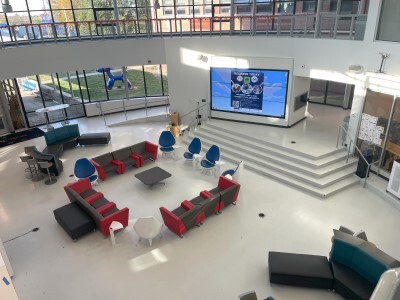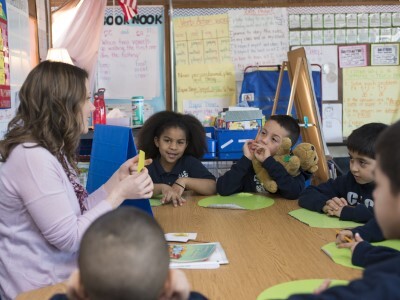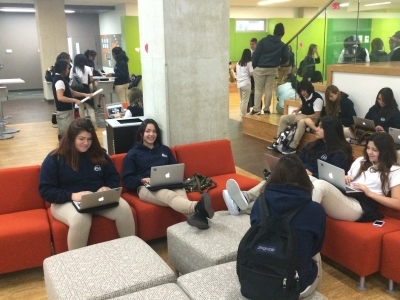How Much Time Does it Take to Be Prepared for Your Future?
Topics

We’ve all had the experience of truly purposeful, authentic learning and know how valuable it is. Educators are taking the best of what we know about learning, student support, effective instruction, and interpersonal skill-building to completely reimagine schools so that students experience that kind of purposeful learning all day, every day.
Now more than ever, mastering academic subjects does not guarantee success after high school; there must also be an emphasis on preparing for postsecondary education and the workforce. Generation Schools Network is leading college and career readiness with a new breakthrough model.
Now more than ever, mastering academic subjects does not guarantee success after high school; there must also be an emphasis on preparing for postsecondary education and the workforce. At Generation Schools Network™ (GSN), we’ve recognized this, and have made college and career readiness programming a fundamental element of the middle and high school experience.
There are several reasons for making this shift:
Navigating the New Professional Landscape is Challenging
Few would argue with the fact that the U.S. economy has changed dramatically over the past 30 years. Globalization and the shift from manufacturing to service are just two elements of the new economy that call for a generation of workers prepared with academic skills as well as the personal and professional competencies needed in the 21st century workplace.
K-12 Education Lags Behind College & Workforce Requirements
School systems are slowly evolving to provide additional preparation for life in higher education and the workforce. Still, experiences such as job shadows, college visits, and internships are offered sporadically and, more often than not, outside of the daily high school curriculum and only to select groups of students. Schools occasionally expose students to essential interpersonal workplace skills such as collaboration and leadership, but these opportunities are the exception rather than the norm. While traditional high school guidance counseling is an asset to be sure, extremely high student-to-guidance counselor ratios too often devolve such efforts into last minute decision-making (“Where should I go to college?”). Now imagine if guidance counseling was instead offered in the context of an ongoing experiential process throughout the middle and high school years.
Leveling the Playing Field Means Changing the Game
There is a desperate need for schools to create “visions of the possible” and paths to postsecondary success for all students. The Generation Schools Model radically restructures the school day and year, providing more opportunities for hands-on instruction, investing in 280 hours of college and career guidance for students, offering a reduced course load for core teachers, and emphasizing professional development (20+ days annually) that rivals—if not champions—similar programs offered in the private sector. The expanded College and Career Readiness Program helps students to explore occupations and educational pathways via internships and job shadowing, which foster mentorship opportunities, build self-esteem, and allow students to work with diverse populations.
The result? Time spent learning rises up to 30%, and all students benefit from a unique, robust and cost-effective college and career readiness program with the goal of preparing them for school, work, and life.
Slow and incremental education reform will never catch up with the current pace of economic evolution.
The times call for fundamental and immediate shifts in postsecondary readiness programming—the kind of dramatic initiatives in place today at Generation Schools.
Learn more on the grant recipient page for Generation Schools Network.




